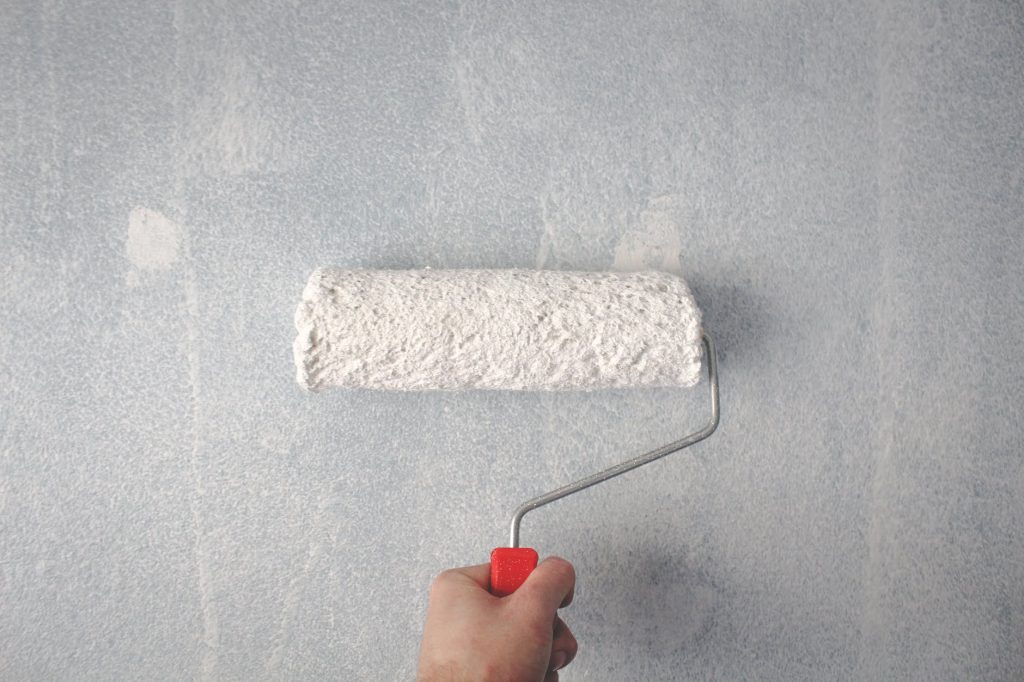Walking into a paint aisle can be a dizzying moment, with the huge array of products and colors to choose from. If you know the categories and understand your needs, however, the process becomes much less intimidating. Interior house painting is usually done with latex/acrylic (water-based) paint. But what about primers; do we need them? Or are they just a gimmick to get you to buy more products?
There are three basic situations when a primer is necessary for interior painting, and you are not likely to get good results without it. Fortunately, primer is inexpensive, and the difference it makes is definitely worth the price.
Use Primer for Bare Surfaces
When painting a surface that does not currently have any paint on it, it is important to apply primer first. This would include wooden surfaces, new drywall, repaired drywall, bricks, cinderblock, and bare metal. Different types of surfaces require different types of primer, so make sure to use the one that makes the most sense.
There are general-purpose primers that work for drywall repair, new drywall, and for wood, and they perform well for these needs. However, if you have a lot of new drywall to cover, you can buy larger buckets of drywall primer, which can save you money compared to 1-gallon cans of general-purpose interior primer.
If you are painting metal or masonry, it is important to get the correct type of primer, as a general-purpose primer will not do the job correctly.
Covering Stains with Primer
Having applied fresh interior paint to your walls, the last thing you want is for old stains to show through the new paint. The first step in preventing this is to wash the wall, which you should always do before applying new paint, no matter what. Next, use a stain-blocking primer to cover the affected area. For extreme stains, it may require more than one coat to make sure the problem spot never bleeds through.
Major Color Changes
Often, we paint our walls with a similar color to what they were before. This usually does not require primer. Also, if you are painting a dark or bold color over a light or neutral one, the new paint should cover fine without primer. However, when your new interior paint is a light or neutral color, and you are putting it over a darker or bolder color, it can take numerous coats to completely obscure the old paint.
Interior primer can save you significant money and time in a case like this, since it provides a cheaper and more effective block to hide the previous coat of paint. That way, you need to use fewer top coats to achieve the look you desire.
Another way that primer can save you money is when you have it tinted. Normally, primer is plain white. However, you can ask your paint store to add your chosen color to the primer. Again, this gives you an inexpensive boost towards complete coverage in the new color, with less expense than using multiple coats of your finish paint.
Cherry Hill Painting
For homeowners and residents of New Jersey and the Philadelphia region, Cherry Hill Painting is an interior house painting company you can trust for honest work, excellent customer service, and excellent painting results. We are happy to answer your questions about interior painting and primer, so that you can be sure you are getting the longest-lasting, most cost-effective, and most beautiful paint job possible.

